Ryo Umagami
Advancing Large Multi-modal Models with Explicit Chain-of-Reasoning and Visual Question Generation
Jan 18, 2024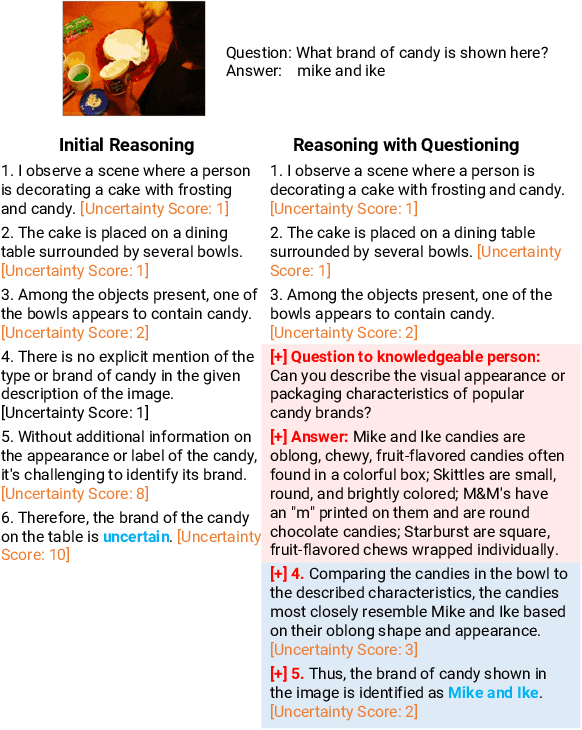

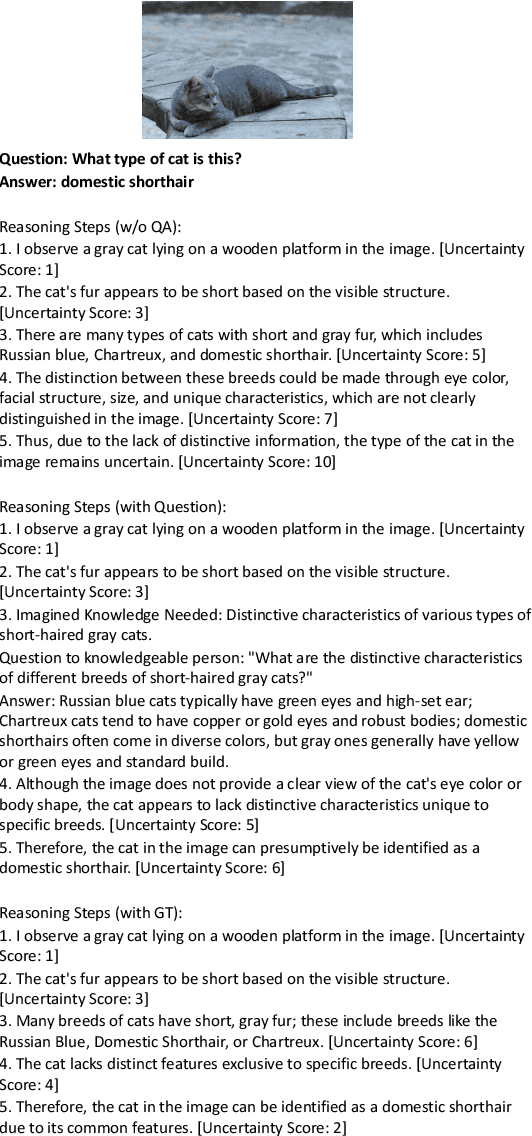

Abstract:The increasing demand for intelligent systems capable of interpreting and reasoning about visual content requires the development of Large Multi-Modal Models (LMMs) that are not only accurate but also have explicit reasoning capabilities. This paper presents a novel approach to imbue an LMM with the ability to conduct explicit reasoning based on visual content and textual instructions. We introduce a system that can ask a question to acquire necessary knowledge, thereby enhancing the robustness and explicability of the reasoning process. Our method comprises the development of a novel dataset generated by a Large Language Model (LLM), designed to promote chain-of-thought reasoning combined with a question-asking mechanism. We designed an LMM, which has high capabilities on region awareness to address the intricate requirements of image-text alignment. The model undergoes a three-stage training phase, starting with large-scale image-text alignment using a large-scale datasets, followed by instruction tuning, and fine-tuning with a focus on chain-of-thought reasoning. The results demonstrate a stride toward a more robust, accurate, and interpretable LMM, capable of reasoning explicitly and seeking information proactively when confronted with ambiguous visual input.
HiPerformer: Hierarchically Permutation-Equivariant Transformer for Time Series Forecasting
May 14, 2023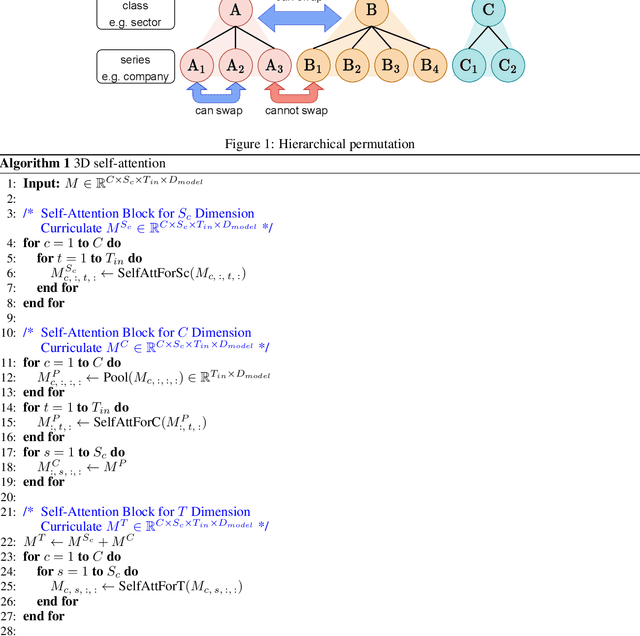

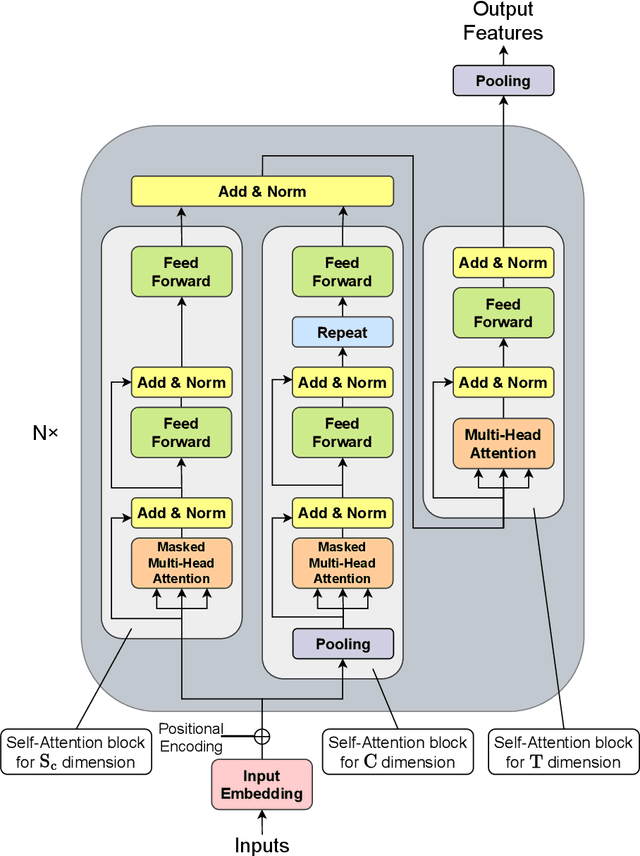
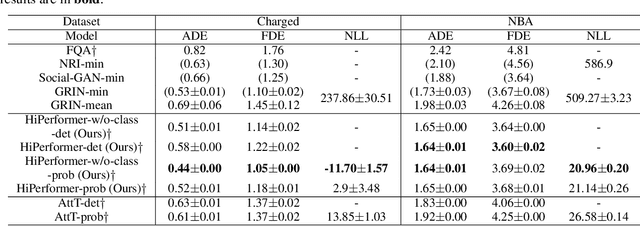
Abstract:It is imperative to discern the relationships between multiple time series for accurate forecasting. In particular, for stock prices, components are often divided into groups with the same characteristics, and a model that extracts relationships consistent with this group structure should be effective. Thus, we propose the concept of hierarchical permutation-equivariance, focusing on index swapping of components within and among groups, to design a model that considers this group structure. When the prediction model has hierarchical permutation-equivariance, the prediction is consistent with the group relationships of the components. Therefore, we propose a hierarchically permutation-equivariant model that considers both the relationship among components in the same group and the relationship among groups. The experiments conducted on real-world data demonstrate that the proposed method outperforms existing state-of-the-art methods.
 Add to Chrome
Add to Chrome Add to Firefox
Add to Firefox Add to Edge
Add to Edge